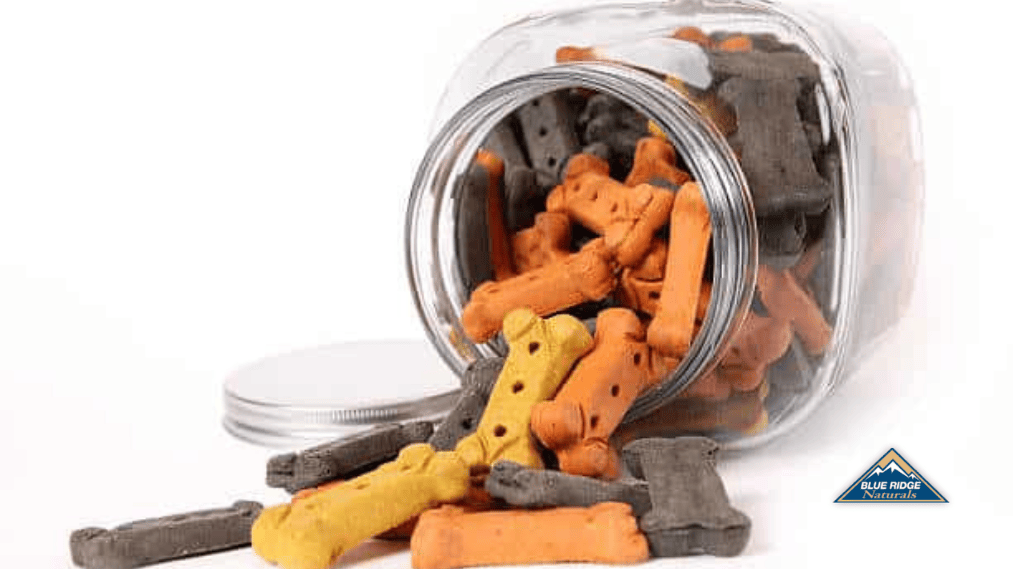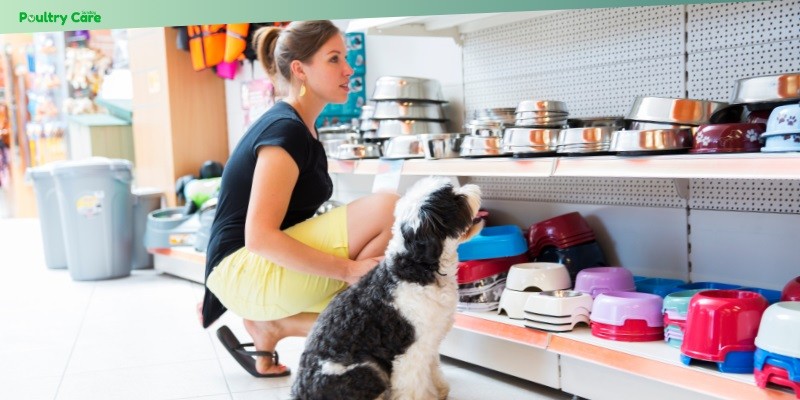Storing dog food properly is essential. It keeps your pet healthy and food fresh.
Many pet owners might overlook the importance of proper storage. Storing dog food the right way can prevent spoilage and keep your dog safe from bacteria. It can also maintain the nutritional value of the food. You might wonder how to achieve this.
Luckily, it’s quite simple with the right steps. In this blog, we will cover key tips for storing dog food properly. This will ensure that your furry friend enjoys fresh, safe, and nutritious meals every time. Keep reading to learn how to protect your dog’s food from spoilage and contamination.
Choosing The Right Container
Store dog food in airtight containers to keep it fresh and safe. Choose containers made from BPA-free plastic or stainless steel. These materials help protect food from pests and moisture.
Choosing the right container for storing dog food is crucial. It keeps the food fresh and safe from pests. An ideal container also maintains the nutritional value of the food. Let’s explore key factors to consider.
Material Matters
Containers come in various materials. Plastic containers are lightweight and affordable. Ensure they are BPA-free. This avoids harmful chemicals. Stainless steel containers are durable. They resist odors and stains. Glass containers are eco-friendly. They are non-reactive and easy to clean. Choose a material that suits your needs.
Size And Capacity
The container size should match your dog’s food quantity. Small containers work for weekly supplies. Larger containers fit bulk purchases. Consider how much food your dog consumes. This prevents waste and ensures freshness. A right-sized container is essential for effective storage.

Credit: www.youtube.com
Ideal Storage Locations
Storing dog food properly is crucial for maintaining its freshness and ensuring your pet stays healthy. Choosing the right storage location can make a significant difference. In this section, we will discuss the best indoor and outdoor options for storing dog food.
Indoor Options
Storing dog food indoors offers several advantages. Your home provides a stable environment with controlled temperature and humidity. The kitchen pantry or a dedicated cabinet in a cool, dry place is ideal. Ensure the area is clean and free from pests.
Another great option is using airtight containers. They help to keep the food fresh and prevent odors from spreading. Choose containers made of food-grade plastic or stainless steel for maximum safety.
If space is limited, consider using stackable storage bins. They are practical and save space. Remember to label the containers with the purchase date to monitor freshness.
Outdoor Options
Storing dog food outdoors can be convenient, especially if you buy in bulk. However, you need to be mindful of temperature fluctuations and pests. A shed or garage can be a good option, provided it is well-ventilated and dry.
Use sturdy, airtight containers designed for outdoor use. They will protect the food from moisture and pests. Ensure the storage area is elevated to avoid contact with the ground.
If you live in an area with extreme weather, consider insulating the storage containers. This helps to maintain a consistent temperature and preserves the food’s quality. Always check for any signs of spoilage before feeding your dog.
Where do you currently store your dog’s food? Is it in the best possible place? Making a few simple changes can make a big difference in your pet’s health and happiness.
Maintaining Freshness
Ensuring your dog’s food stays fresh is essential for their health and happiness. Stale or spoiled food can lead to digestive issues and even refusal to eat. By following a few simple steps, you can keep your dog’s food fresh and nutritious.
Temperature Control
Temperature plays a significant role in maintaining the freshness of dog food. Store dry kibble in a cool, dry place. Aim for a location that stays below 80°F.
High temperatures can cause the fats in dog food to go rancid. This not only affects the taste but also the nutritional value. Think about storing food in a pantry or a closet away from appliances that generate heat.
If you use wet dog food, refrigeration is key. Once opened, seal it properly and store it in the fridge. This helps maintain its freshness and prevents bacterial growth.
Preventing Moisture
Moisture is the enemy of dry dog food. Even a little dampness can lead to mold and spoilage. Using airtight containers is a great way to keep moisture out.
Transfer the food from its original packaging into a sealed container. This not only prevents moisture but also keeps pests away. Choose containers made of food-grade plastic or stainless steel for the best results.
When storing wet food, ensure you use a tightly sealed lid. This keeps the food from drying out and maintains its palatability. Always follow the manufacturer’s guidelines for storage to get the best results.
Have you noticed any changes in your dog’s eating habits? Sometimes, the issue is as simple as food storage. Proper storage can make a world of difference in keeping your furry friend happy and healthy.

Credit: www.reddit.com
Handling Expired Food
Properly storing dog food is essential to keep your furry friend healthy. But, expired food can pose risks. Knowing how to handle expired dog food is crucial. This ensures your pet stays safe from harmful bacteria or mold.
Signs Of Spoilage
Recognize signs of spoilage to protect your dog. If the food smells off, it’s likely spoiled. Look for mold or unusual colors. These are clear indicators. Check the texture. Sticky or slimy food is unsafe.
Expired food may attract pests. Check for bugs or rodent droppings. Your dog deserves fresh, clean food.
Safe Disposal Methods
Dispose of expired dog food safely. Seal it in a plastic bag. This prevents pests and odor. Toss it in your trash bin. Don’t leave it outside. Animals might get to it.
Consider composting if possible. Avoid giving spoiled food to other animals. Their health matters too.

Credit: blueridgenaturals.net
Frequently Asked Questions
What Is The Healthiest Way To Store Dog Food?
Store dog food in airtight containers. Keep it in a cool, dry place away from sunlight. Use original packaging inside containers. Avoid humidity and extreme temperatures.
Is It Better To Keep Dog Food In Bag Or Container?
It is better to store dog food in a sealed container. It keeps food fresh, prevents contamination, and maintains nutritional value.
What Is The 80/20 Rule For Dog Food?
The 80/20 rule for dog food means 80% of the diet consists of balanced dog food, and 20% can be healthy treats. This ensures proper nutrition while allowing some variety.
Is It Okay To Store Dog Food In A Hot Garage?
No, it’s not okay to store dog food in a hot garage. Heat can spoil the food and cause bacteria growth. Store dog food in a cool, dry place to maintain its quality and safety.
How Should I Store Dog Food?
Store dog food in a cool, dry place. Use airtight containers. Keep it away from direct sunlight.
Conclusion
Storing dog food properly ensures your pet’s health and happiness. Use airtight containers to keep food fresh. Store in a cool, dry place. Check expiration dates regularly. Avoid storing near chemicals or strong odors. Keep food away from pests. Clean storage containers often.
Feeding your dog safe food is crucial. Proper storage reduces waste and saves money. Your furry friend deserves the best care. Follow these tips for safe, fresh dog food.
Last Updated on June 27, 2025 by Pauline G. Carter

